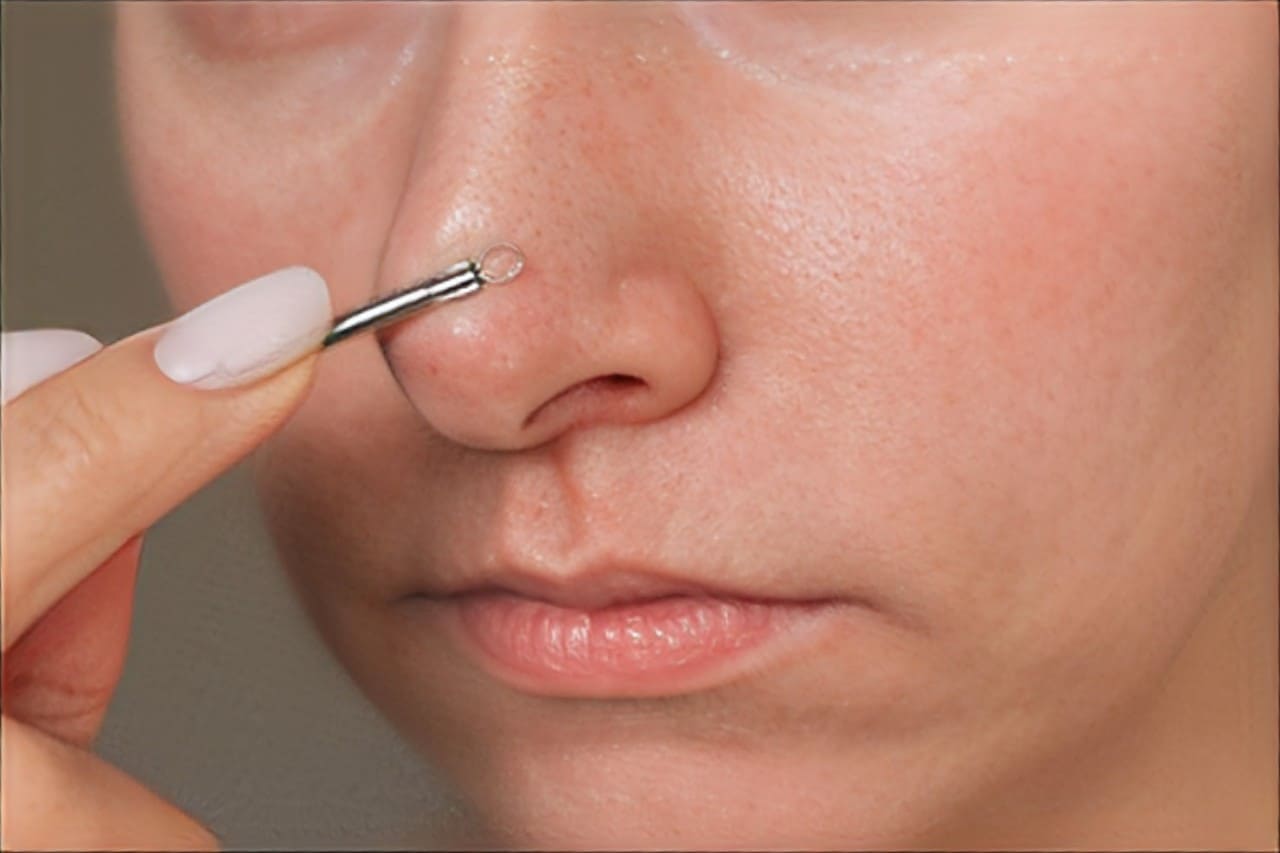Homeopathic Remedies for Acne Rosacea
Acne rosacea is a skin condition primarily affecting the face, marked by persistent redness or flushing, often accompanied by acne-like bumps. Commonly, the forehead, nose, cheeks, and chin are the most impacted areas. As the condition progresses, the blood vessels in the face can become enlarged and visible. If left untreated, the connective tissue surrounding these blood vessels can thicken, leading to skin thickening and the formation of nodules, especially on the nose. Advanced cases may also include redness, itching, and watering of the eyes.
Homeopathy offers effective remedies for managing acne rosacea, aiming to reduce flare-ups and alleviate symptoms. Consistent use of homeopathic treatments over a few months, as guided by a physician, can lead to significant improvement and even a complete cure.
Top Homeopathic Remedies for Acne Rosacea
- Belladonna: Ideal for treating a red, flushed face. The skin appears shiny and feels hot, with potential facial swelling. It’s also effective if rosacea affects the eyes, leading to dryness and sensitivity to light.
- Carbo Veg: Best for a red face with visible blood vessels. It helps when the cheeks are notably red, with possible cold sweating and facial swelling.
- Hepar Sulph: Effective for managing painful pimples on the face, especially when they are papules or pus-filled pustules. It is useful for a fiery red face with a sensation of heat.
- Lachesis: Suitable for cases with circumscribed red spots on the cheeks and flushes of heat. It addresses visible blood vessels, facial swelling, and itching, particularly at night.
- Psorinum: Recommended for a red, hot face with red pimples. Pimples typically form on the nose, cheeks, and chin, accompanied by rough skin and sweating.
- Eugenia Jambos: Good for treating both simple and hardened acne, especially when pimples and surrounding areas are painful.
- Sulphur: Helps with circumscribed redness of the cheeks and burning sensations on the face. It also addresses itchy pimples and prominent swollen blood vessels on the forehead.
- Hydrocotyle Asciatica: Effective for thickened skin due to connective tissue growth. It is useful when pimples, especially pus-filled ones, and scaling are present.
- Euphrasia Officinalis: Promising for rosacea affecting the eyes, with symptoms like redness, itchiness, burning, and a gritty sensation.
For cases triggered by sun exposure, Cantharis Vesicatoria can be beneficial. If symptoms are aggravated by excessive cosmetic use, Bovista Lycoperdon may help. For issues related to alcohol or spicy foods, Nux Vomica is effective. It’s essential to consult a qualified homeopathic doctor before starting any treatment.
Signs and Symptoms of Acne Rosacea
Acne rosacea manifests in various ways, and symptoms may differ from person to person:
- Face: Typically affects the mid-face, including the forehead, nose, cheeks, and chin.
- Other Areas: Occasionally, symptoms may extend to the chest, scalp, neck, ears, and upper back.
Common Symptoms:
- Facial Flushing: Redness and flushing, often symmetrical, that may be intermittent or persistent.
- Visible Blood Vessels: Small, dilated blood vessels on the face.
- Pimples: Red bumps (papules) or pus-filled bumps (pustules).
- Burning and Stinging: The affected area may be hot and tender.
- Facial Swelling: May occur alone or with other symptoms.
- Dryness and Scaling: Skin may become rough and thickened.
- Nasal Enlargement: Thickening of the skin on the nose, known as rhinophyma, is more common in women.
- Ocular Rosacea: Red, dry, burning, or gritty eyes, with possible light sensitivity and blurred vision.
Types of Acne Rosacea
- Erythematotelangiectatic Rosacea (ETR): Characterized by redness and flushing, with visible tiny blood vessels. It may also involve itching, burning, and stinging.
- Papulopustular Rosacea: Features facial redness with red or pus-filled bumps, typically affecting middle-aged women.
- Rhinophyma: Rare type involving thickened, irregularly nodular skin on the nose, more common in men.
- Ocular Rosacea: Affects the eyes with redness, dryness, gritty sensations, and possible blurred vision.
Causes and Risk Factors
The exact cause of acne rosacea remains unclear, but both hereditary and environmental factors are believed to contribute.
Possible Triggers:
- Foods and Drinks: Hot beverages, alcohol, spicy foods, chocolates, tomatoes, and cinnamon.
- Temperature Extremes: Heat and sun exposure.
- Exercise: Excessive physical activity.
- Stress: Emotional stress and anxiety.
- Topical Steroids: Can induce rosacea, as can treatments like chemical peels and certain acne medications.
- Cosmetics: Overuse can exacerbate symptoms.
- Demodex Mites: Increased presence of these mites may trigger rosacea.
- Small Intestinal Bacterial Overgrowth (SIBO): Gut bacteria may play a role in rosacea lesions.
- Increased Cathelicidin: Affects skin inflammation.
- H. pylori Bacteria: May increase gastrin levels, leading to flushing.
Risk Factors:
- Age: Most common in people aged 30-50.
- Gender: Women are more likely to develop rosacea, though it affects men as well.
- Skin Type: Fair-skinned individuals are more prone.
- Family History: Genetic predisposition.
- Smoking: Increases risk.




